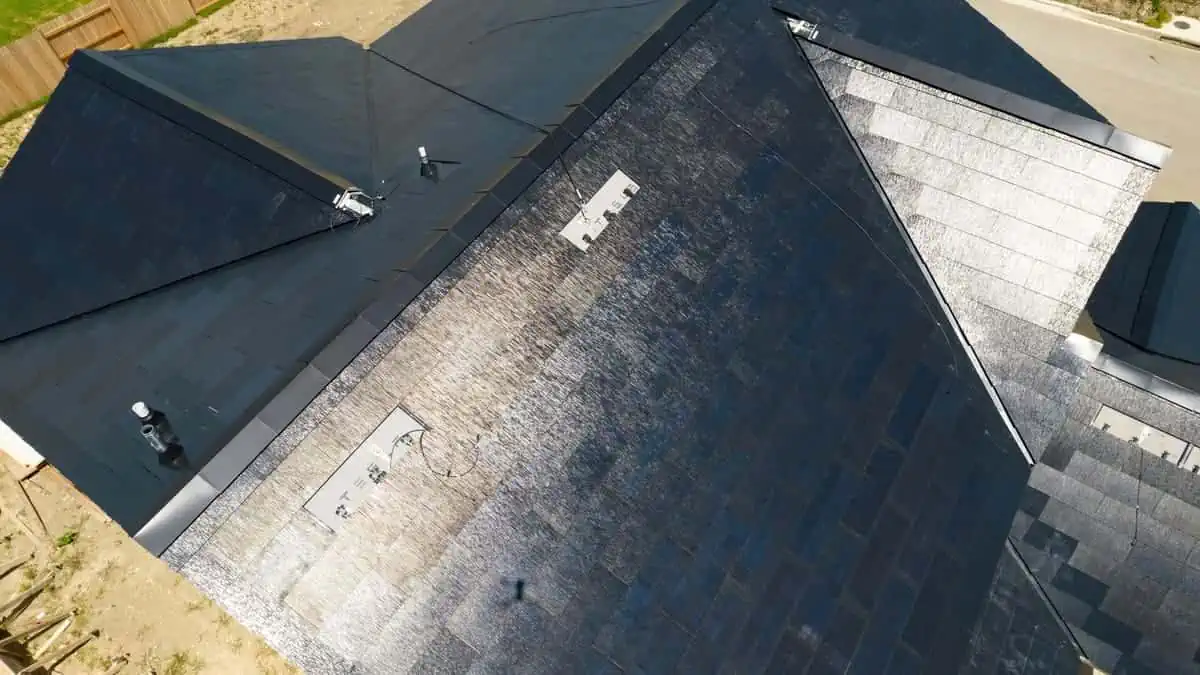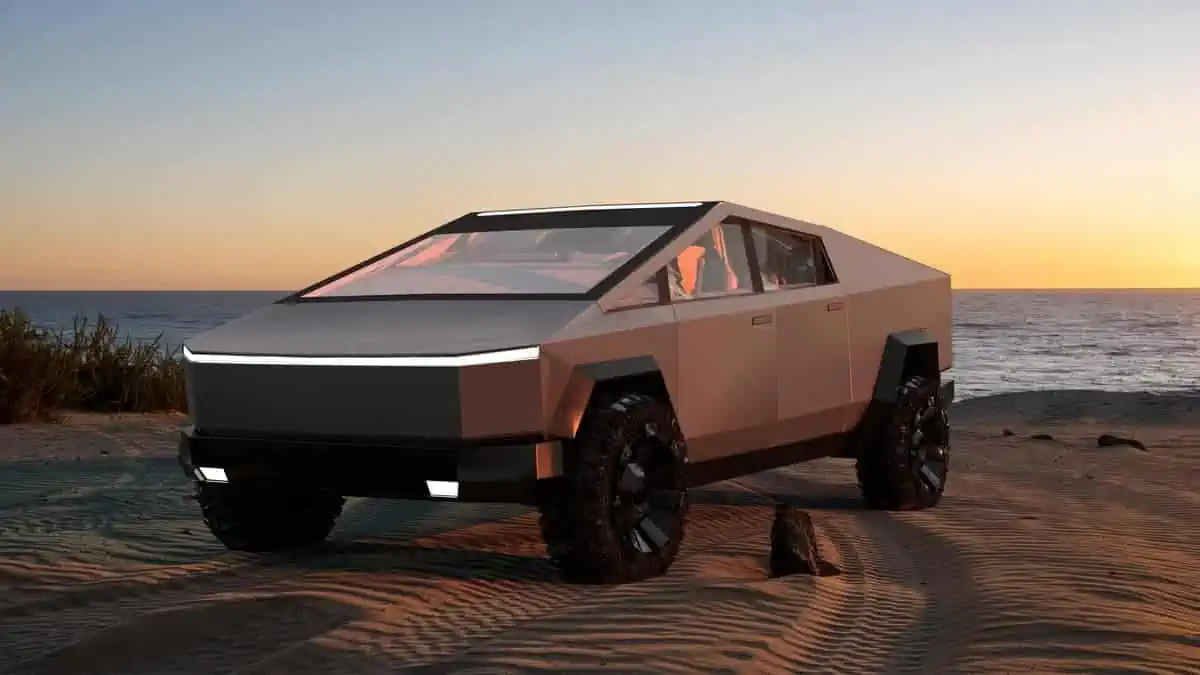Leading American automaker Tesla has another major development for its beloved customers, particularly electric vehicle and Powerwall owners. The company recently allowed them to utilize their homes’ excess solar energy to charge their EVs.
Tesla introduces the “Drive on Sunshine” feature
In a significant advancement, Tesla has come up with another innovative approach toward its goal of operating vehicles on completely clean and sustainable energy.
Tesla updated its coding in its mobile app, revealing an all-new feature named “Drive on Sunshine.” It enables Tesla EV and Powerwall owners to plug in their cars while utilizing the excess solar energy from their home solar arrays through the Powerwall.
For context, Powerwall is a rechargeable Li-ion battery for home energy storage applications, enabling customers to save solar and other energy forms for backup purposes. Now, the company has finally integrated it with its cutting-edge EVs.
As Tesla indicated in the coding, this new feature enables you to “set your vehicle’s battery to charge as usual from any available sources for enough daily driving range. Then reserve part of your vehicle’s battery to charge only when excess solar is available.”
Tesla paves the way for a more sustainable future
Apart from this significant announcement, Tesla has also been strategically reducing the prices of its EVs to make them more affordable for a wider range of customers.
It has also partnered with the US government to launch a portion of its enormous Supercharging network for all electric vehicles, regardless of brand.
The company’s charging standard NACS has also received significant support from several US states, charging solution providers, and rival automakers.
The first automakers to announce support for Tesla-developed NACS are Ford, GM, Rivian Volvo, Polestar, and Mercedes-Benz.
See Also:
The wide adoption of electric vehicles and renewable energy sources continues to progress globally, with giants like Tesla leading the way.
Tesla’s move in enabling its customers to tap into their home’s excess solar energy and use them for charging their EVs will undoubtedly encourage increased clean and sustainable energy uptake.






